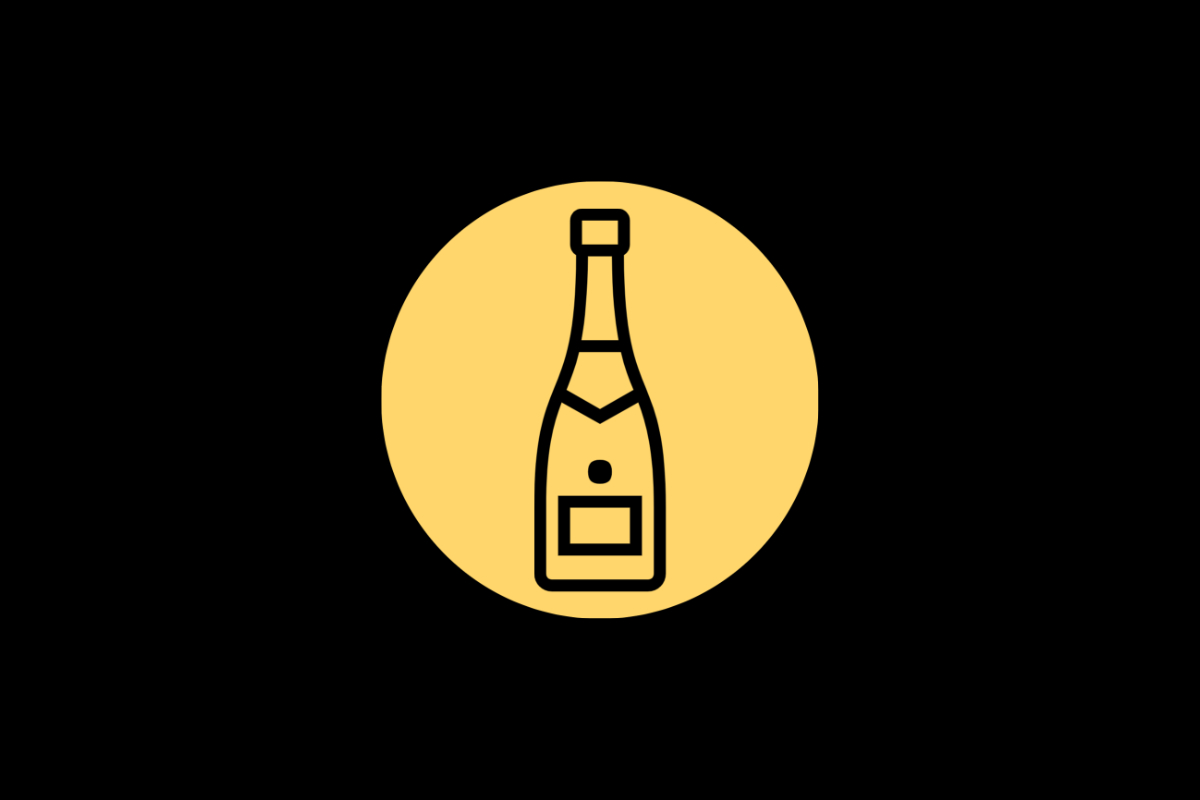How to Make Refreshing Champagne Yeast Lemonade for Your Next Summer Party
As the weather warms up, nothing beats a refreshing glass of lemonade. But why settle for a plain old lemonade when you can add some bubbles? Using champagne yeast in your lemonade creates a fizzy, fermented drink that is perfect for hot summer days and parties.
In this article, we’ll guide you through the process of making your own champagne yeast lemonade. We’ll also cover some of the benefits of using champagne yeast, as well as some potential pitfalls to avoid.
What is Champagne Yeast?
Before we dive into the recipe, let’s talk about what makes champagne yeast special. As the name suggests, champagne yeast is the type of yeast typically used for making champagne. It’s a strain of yeast called Saccharomyces cerevisiae, which is known for its ability to produce high levels of alcohol and carbon dioxide.
When you add champagne yeast to your lemonade, it will consume the natural sugars in the lemon juice and produce alcohol and carbon dioxide. The result is a slightly alcoholic and bubbly drink that is perfect for sipping on a hot summer day.
Benefits of Using Champagne Yeast in Lemonade
There are a few reasons why you might want to consider using champagne yeast to make your lemonade. First and foremost, it adds a delightful fizziness to the drink. This can make for a more interesting and refreshing beverage, especially on hot days.
Another benefit of using champagne yeast is that it can help preserve the lemonade. The alcohol produced by the yeast can act as a natural preservative, helping to prevent spoilage and extending the shelf life of the drink.
Finally, using champagne yeast adds a unique flavor to the lemonade. The yeast produces a range of different flavor compounds during fermentation, including fruity and floral notes. This can give your lemonade an interesting complexity and depth of flavor that you wouldn’t get from a plain old lemonade.
Potential Pitfalls to Avoid
While using champagne yeast is a great way to add some bubbles and interest to your lemonade, there are a few potential pitfalls to be aware of. First, it’s important to be careful when adding the yeast to the lemonade. If you add too much yeast, or if the lemonade is too warm, the yeast can produce too much carbon dioxide, causing the bottle to explode. Be sure to follow the recipe carefully and take appropriate precautions when using champagne yeast.
Another potential issue is flavor. If you’re not a fan of the taste of yeast, you may not enjoy the flavor of champagne yeast lemonade. Additionally, the fermentation process can sometimes result in off flavors or aromas. To avoid these issues, be sure to use high-quality ingredients and follow the recipe carefully.
Recipe for Champagne Yeast Lemonade
Now that we’ve covered the basics of champagne yeast lemonade, let’s get into the recipe. Here’s what you’ll need to make your own refreshing batch:
- 2 cups fresh squeezed lemon juice
- 1 cup sugar
- 1 gallon bottled or filtered water
- 1 packet champagne yeast
Start by mixing the lemon juice and sugar together in a large mixing bowl. Stir until the sugar has dissolved and then add the water. Stir again to make sure everything is well combined.
At this point, you’ll want to sanitize your fermentation vessel to ensure that it’s clean and free of any bacteria or unwanted microorganisms. You can use a traditional brewing fermenter or something as simple as a clean and sanitized 1-gallon jug. Just make sure it has an airlock to allow excess gas to escape.
Next, it’s time to add the yeast. Sprinkle the champagne yeast into the lemonade mixture and then cover the container with its airlock. Place it in a cool, dark place and allow it to ferment for about 24 to 48 hours. The longer you let it ferment, the more alcohol it will produce.
After the fermentation period, it’s time to bottle the lemonade. Transfer the fermented lemonade into sanitized bottles, being careful not to disturb the yeast sediment at the bottom of the container. Allow the bottled lemonade to carbonate over the next 24-48 hours.
Once the lemonade has carbonated, it’s ready to drink! Be sure to store it in the fridge to prevent further fermentation and carbonation. You can also customize the flavor by adding herbs, fruit, or spices to the recipe.
In Conclusion
If you’re looking for a refreshing way to spice up your next summer party, why not try making some champagne yeast lemonade? Using champagne yeast is an easy and fun way to add some fizz and alcoholic content to a classic drink.
Just remember to be careful when adding the yeast and to follow the recipe carefully to avoid any potential pitfalls. With a little bit of patience, you’ll end up with a delicious and unique drink that’s sure to impress your guests.
